How to choose the best down jacket for equipment?
There are many factors to consider when choosing a down jacket. In our detailed test report on 15 men's down jackets, we learned which factors are the most important. In this article, we will put all the suggestions in one place to make you aware of all the things you need to pay attention to when buying a down jacket.
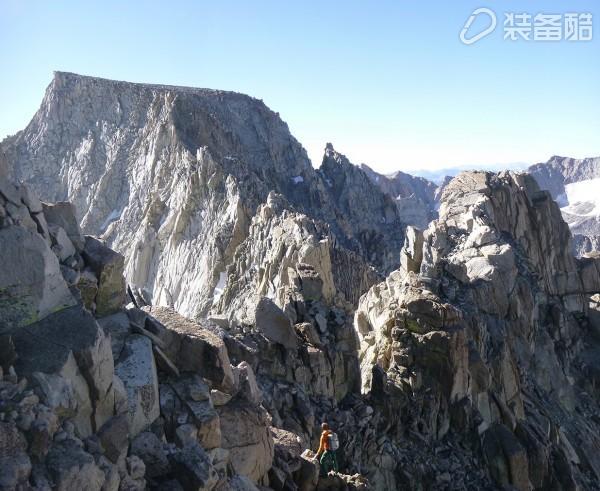
Max Neale wears a Mountain Hardware Ghost whisperer down jacket when crossing the Evoluton Traverse (middle picture).
Photo credit: Matt Wilhelm
Synthetic Cotton VS Down
When you plan to buy a warm jacket, you first need to determine if you need a down jacket or a synthetic cotton jacket. A down jacket will be warmer and more compressible under the same weight, but if it gets wet, it will lose its bulkiness, which means it will lose warmth. Synthetic cotton jackets are heavier in their equivalent thickness and warmth. They are also less likely to be compressed and packed, but they remain mostly bulky after being wet, which means that a wet synthetic cotton jacket will still Some warmth keeps you warm.
The down jacket has a longer lifespan, while the down breathability is better than synthetic cotton. Depending on the situation you use, the synthetic cotton jacket will lose most of its warmth in about 5-7 years. Under the same use environment, the down jacket can maintain its warmth for 10-20 years. The elasticity of down-compression is better than synthetic cotton, so when you open a compression-packed down jacket it will quickly return to its original shape.
Synthetic cotton jackets have better durability in terms of friction resistance. When you're wearing a synthetic cotton jacket to climb the chimney pitch at night and make a few holes in the jacket, it's okay. But if you make a few holes in the down jacket, the stuffed duvet will fall like white snow. In addition, the white hairy filler obtained from poultry is also expensive.
Hydropobic VS Ordinary Down Feather
Watery down feathers, a new technology developed in the market for the biggest weakness in down water fear. This new nanomaterial is designed to make down feathers non-absorbent and allow it to dry faster after being wetted. This down is really a creative new technology, but the effect remains to be seen. Its potential is exciting.
But what about the practicality of down water and down feathers? Will users replace synthetic cotton with watery down feathers? If you encounter a storm, the jacket is soaked, how long does it take for the fluffiness to be restored and re-insulated? Can this product be put into practical use? This is a question that needs to be answered when these new technology products enter the market. We are very interested in testing a variety of products that are actually wearing down and down, and testing has started. At present, we know that while down-water downs have made great progress in controlling moisture levels compared to regular downs, when fully wet, its performance and synthetic cotton are not yet on a single level. If you are going to participate in an athletic activity that may be wet, this will be the key point you need to consider.
Another thing to consider is durability. Feather is inherently durable: it can withstand hundreds of compressions. Cleaning can help the old down to return to a new down. Another question that we began to ask is: Will this composite hydrophobic material sacrifice the durability of down feathers? The waterproof coating used in Jackets has never had a long life of the clothing itself. So, how long can this water-repellent material that covers down feathers be used?
We plan to conduct a one-on-one comparison test between clothes and sleeping bags that use ordinary down and downy feathers. Under difficult long-distance travel conditions, see if there is a noticeable difference in this down technology and that this material can be used in down How long to stay on. Now that outdoor equipment laboratories are brainstorming and produce a lot of test ideas, we will use the skin thermometer and thermal imaging technology on the human model to form specific insulation data and compare the status of wearing and not wearing down jackets. We will publish our report when we arrive.
Fill Powers
Looseness is probably the most common misunderstood procurement parameter. Usually a manufacturer advertises that there are 650,700,850 fluffiness, and so on. These figures illustrate the quality of the down used. This number is actually a volume - the volume (in cubic inches) of an ounce of fluffy down. For example, an 800-ounce awning of an ounce should have a volume of 800 cubic inches after being pressed onto a standard weight object. If you use a 2-ounce awning of 800 canopies in jacket A, a 2-ounce canopy of 700 canopies in jacket B, jacket A (using 800 canopy of down) will be warmer because it is more bulky. In this case, a jacket with 8 ounces of 850 canopies may be warmer than a 12-ounce 650 canopy down jacket. The 850-canopy down jacket has the same warmth but is lighter and more compressible because it uses less down. In other words, high loft feathers have better warmth-to-weight ratios.

Example: Under the same weight, the larger the fluffiness is, the larger the down volume is, and the sleeping bag can be made lighter and easier to pack. The 900 awning is currently the best. (Note: It seems that there is 1000 canopy down.)
Sewing method
Usually, we have 2 main sewing methods:
1, Sewn Through Method
This is the most common method. For the manufacturer, it is easier and takes less time than the box sewing method. The outer fabric is sewn directly to the inner lining, separating the feathers in different partitions. This method uses less material and is lighter than the complex box sewing method (see below) and is less expensive. Because of its weight, simplicity, and cost, most lightweight jackets and many heavier jackets use this method of manufacture. Although the ordinary sewing method reduces the weight by saving material, it does not have a warm box-like sewing method because the duvet is compressed at the sewing line, and the bulkiness at the sewing portion is almost zero. Regular sewing seams with long strips prevent feather down (this is like a box sewing method), but because of its simple structure, it also reduces the optimal bulkiness of the down, creating a "heat sink" on each seam. (Cold Spot).
The following picture shows three things: 1) The down warmth is much stronger than the cotton suit (yeah); 2) How the heat escapes from the sewing thread of the ordinary sewing method; 3) The creator of the outdoor equipment laboratory Chris Mac Chris McNamara is actually an alien!
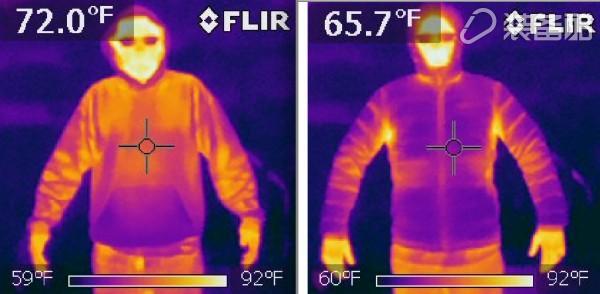
The heat-sensing photo shows the left side of the padded jacket and the right down jacket. You can see how much heat is lost in the cotton clothing. There is also the heat loss of the stitching down jacket.
Image credit: Andrew Chino
Box Baffle:
The box sewing method is the best fluffy, warm down filling method. Unlike the ordinary sewing method, the ordinary sewing method sews together the outer layer and the inner liner to form a partition, and the box-type sewing method means that each partition is a separate cube or rectangular parallelepiped. This means that the feathers at the perimeter of the partition are rarely compressed so that the down is kept maximally fluffy and the appearance of heat sinks is minimized. The jacket made by this method is usually thicker and more warm, with a smoother partition forming a more uniform expansion. Due to the use of more materials and more complex, the box sewing method is usually heavier and more expensive, but it provides the best down performance, which is much better than ordinary sewing methods in terms of warmth retention. In general, cold-proof coats use box-type sewing methods more than light-weight down coats.
Some jackets are made using two methods, usually box sewing on the chest and back, and ordinary sewing on the sleeves.

The big nut ghost language was just taken out of the washing machine. Note the partition of the ordinary sewing method (the suture penetrates the inner and outer sides of the material), and how small the down can be compressed.
Image Credit: Max Neale
Fabric:
The main fabric (outer and inner lining) has four main parameters: durability, weight, warmth, and waterproof.
A lightweight model down jacket is about 9 ounces/255 grams, and usually contains 3 ounces/85 grams of down. Other weights are materials, zippers, and many other widgets such as Velcro, adjusting cords, and more. Jackets made of lighter materials have better compressibility and lighter weight.
Different materials have different durability. Thinner, lighter materials are generally less resistant to wear and can easily be broken. There are many very light fabrics in the market that are impressive and they can make jackets with an amazing warmth-to-weight ratio. However, if you are looking for a down jacket that can be worn for many, many years, then you must put the durability of the fabric on your first importance, because the down is naturally very durable as long as it is properly maintained. . When looking for a down jacket that you plan to buy, take some time to look at the fabric and its relative weight to other similar jackets. Some jackets, such as Montbell Frost smoke, use a variety of different weight and durability fabrics, making the overall weight of the jacket lighter than other similar jackets, but without completely sacrificing durability.
The fabric will affect the warmth of the jacket. You want the fabric to be breathable and let the sweat out, which will make the down moisture and reduce the bulkiness.
Finally, the fabric will protect the down from wind, rain and dust. The more weaved fabric is more waterproof. Although all tested down jackets have a water repellent finish, they are easily worn in varying degrees of travel.
If weight and packaging power are your main considerations, consider these jackets that use lightweight fabrics, such as Mountain Hardware Ghost Whisperer, Montbell EX Light, or, this warmer, Montbell Mirage ( Mirage). If durability is your first choice, consider these jackets that use stronger fabrics such as Alpine Light, Montbell Frost Smoke, OR Excellence (Transcendent), or First Mountaineering (First) Ascent MicroThem).
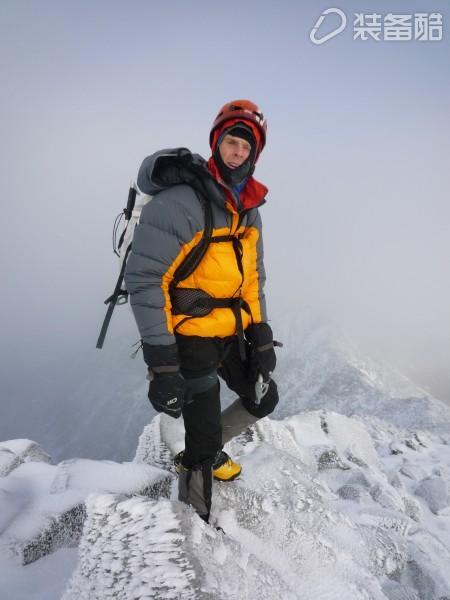
Marx Neil wore Feathered Friends Volant down coat and used box sewing in Mt. Katahdin in Maine. Watch fortified shoulders and hats.
Photo Source: Outdoor Equipment Laboratory
Warmth:
Intuitively, the thicker jacket is warmer. But before you decide to buy the thickest jacket on the market, you have to think about what you plan to do after you buy a jacket. If you need to accompany you for alpine climbing, multi-support rock climbing or other similar outdoor activities, it is advisable to consider a lighter, regular sewing method with a highly compressible down jacket such as Patagonia. The Patagonia Ultralight Down Hoody, the Mountain Hardware Ghost Whisperer, the First Ascent MicroTherm, or the OR Transcendent. If you need a jacket for winter wear or occasional self-drive camping, these lightweight jackets may not be warm or durable. In this case, it is recommended that you consider these warmer jackets, such as Frost Smoke, Alpine Light, or Mirage jackets, all of which are Montbell's. Or consider buying a real cold coat, which is usually thick, warm, and more suitable for repeated abuse. Remember that the production method always affects the warmth of your clothes. As mentioned above, the box sewing method can minimize the heat-dissipation point and optimize the loftiness in each partition.
Do you want a hat?
In general, hats make you warmer, especially on windy days. Many of the jackets we tested have hats and hats, and the hats are slightly more expensive. If you want one of the warmest down clothes, choose a hat. If you always wear a down jacket as a jacket, then you choose a jacket without a hat and it is easier to wear under your jacket with a hat. It should be noted that not all hats are of the same design. Some hats are designed for climbing helmets. If you happen to wear helmets, it's really too big. Other hats, such as the Mountain Hardware Ghost Whisperer and First Ascent MicroTherm, are designed to fit snugly under the helmet. These hats are very warm when climbing or hiking, have a fitting, neat appearance, but if you walk around the city you will look funny.

The hat of Feathered Friends Helios has been tightened. The two adjustment ropes in the hat can be adjusted from the inside to make it warmer than a hat without adjustment capability.
Easy to pack and easy hook:
One of the super characteristics of down is its compression capacity, many jackets carry a compression bag, or can be directly into its own pocket. A jacket that fits into a chest pocket or side pocket and carries a hook loop is better for climbing than a jacket with a compression bag because you can easily hang the jacket on a seat belt. When climbing a multi-protection point path, the team can only carry a small bag. The leader can hang the jacket on the seat belt so that it can be worn at the protection point and the teammate can carry the packet. Another problem with using a separate compression bag is that you have to be careful not to lose the bag. The photo below shows the compressed size of several jackets that are packed into compression bags or pockets.

MontBell Frost Smoke Parka (blue), First Ascent MicroTherm Hoody (red), Feathered Friends Hyperion (yellow). The First Ascent MicroTherm and the Mountain Hardware Ghost Whisperer (not in the photo) are tucked into their own pockets.
Photo credit: Chris SimRell
Pockets and other accessories
Because of the different needs for warmth, lightweight jackets and cold coats are very different in the pockets and accessories. Many lightweight jackets save most of the accessories to reduce weight, as mentioned in the test report. On the other hand, these cold-proof coats designed for adventure have all the accessories that are useful for your survival in the cold. For example, many cold coats have an internal mesh insert pocket to warm your frozen gloves and water bottles.
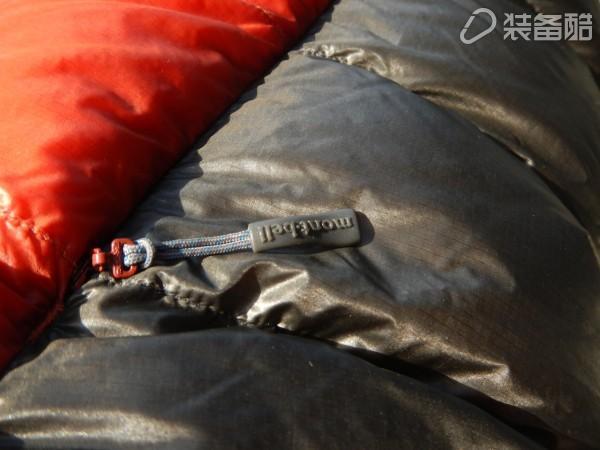
MontBell Mirage has hidden zips in the side pockets.
Photo credit: Chris SimRell
Appearance style:
This is a subjective factor, but it is important to many people. At the beginning, you'd better think about what you plan to do with your jacket? How important is weight and size to you? How warm do you need to be? When these problems are solved, consider clothing styles. You can see that almost every jacket has a different partition design. Although the partitions are necessary for keeping warm, designers always use the shape of the partitions to design the appearance of the jacket. Again we see jackets with different colors to choose from.
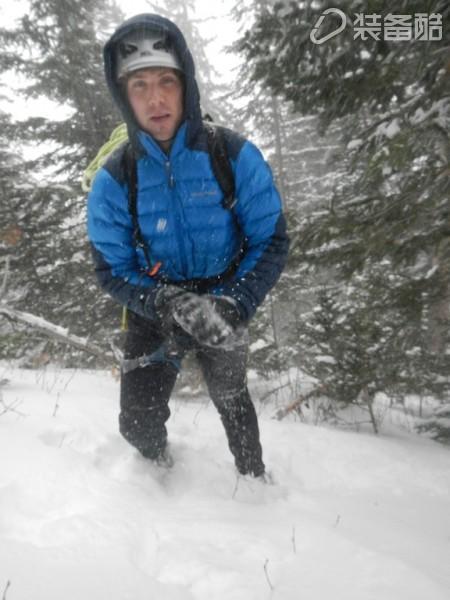
The author wore MontBell Frost Smoke Parka. Montana's Hyalite Canyon
Photo source: Will Dean
Translator: å·å³¨ å·å³¨ å±±
Original Title: How to Choose the Best Down Jacket - OutdoorGearLab
Original author: Chris Simrell and McKenzie Long
Original source: outdoorgearlab.com
Special statement: This article is derived from the original author, copyrighted works belong to the original author and their media! If you think we have infringed your copyright, please let me know! This site is immediately deleted
Dog Travel Trolley,pet strollers for small dogs,pet stroller for cats,double pet stroller
Dongguan Maimeng Cultural Communication Co., LTD , http://www.icollectoys.com